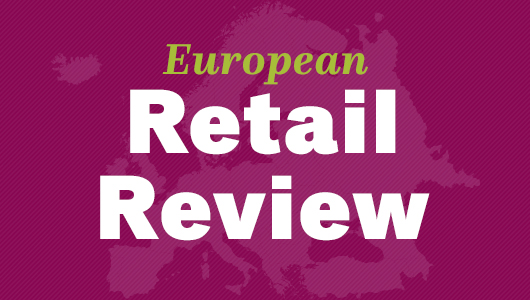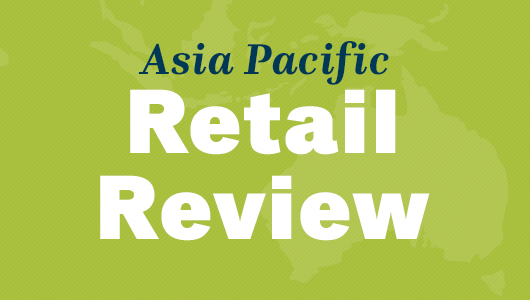United States Retail Review
2021 & Holiday Season Highlights
2021 was one of the strongest years in U.S. retail history, with sales growing at rates not seen in over 15 years driven from sustained consumer demand during the COVD-19 pandemic. For the first time, brick-and-mortar store sales grew more quickly than e-commerce sales year over year (YoY), with an 18.5% increase in physical store sales compared to a 14.2% growth in online sales.
Despite the ongoing pandemic, continued supply chain disruptions and inflation, November to December holiday sales increased 14.1% from the 2020 holiday season, setting a record. Below we highlight some key figures from 2021.
- Retail sales increased 17.9% YoY
- Consumer confidence increased to 115.8 in December from 111.9 in November
- Total consumer spending increased 3.3.% from Q3 to Q4
- Online holiday shopping increased 9% YoY
- Cyber Monday sales grew only 2% YoY as online shopping is becoming the new normal
Looking Ahead
Online sales continue to climb in 2022 with a 13% YoY increase in January despite the Omicron variant and inflation propelled by surging costs for gas, food and housing. Despite increasing consumer concerns, industry experts predict a return to pre-pandemic growth rates in 2022.
Consumers are shopping, and retail sales are growing by almost 4% annually in the last decade. While consumers are changing what they are buying and how they are buying it, they’re spending. We believe the following trends will be critical for retailers looking to capitalize on this growth:
- Brick-and-mortar is evolving, but it’s not going away. Retailers are redefining the role of physical stores and formats. Stores help deliver the relationship consumers want to have with a company and frontline employees are essential to building lasting relationships with them.
- Technology is driving consumers. Technology has given consumers increased information and access, shifting the balance of power from the company to its consumers.
- Brand loyalty is dwindling. Consumers have always been complex and are becoming less loyal to brands than ever before. The growth of national retailers, private labeling, competitive low pricing and convenience shopping driven by the rise e-commerce is eroding consumers’ allegiance to particular brands.
- Consumers are redefining retail. Companies that understand consumers have increased agency are in the best position to navigate the industry’s current state of disruption. Retailers should refocus their business models around flexibly and serving the consumers who matter most.
Sources: U.S. Census Bureau, U.S. Bureau of Economic Analysis, The Conference Board, National Retail Federation
*Year-end figures reflect metrics as of December 31, 2021.


